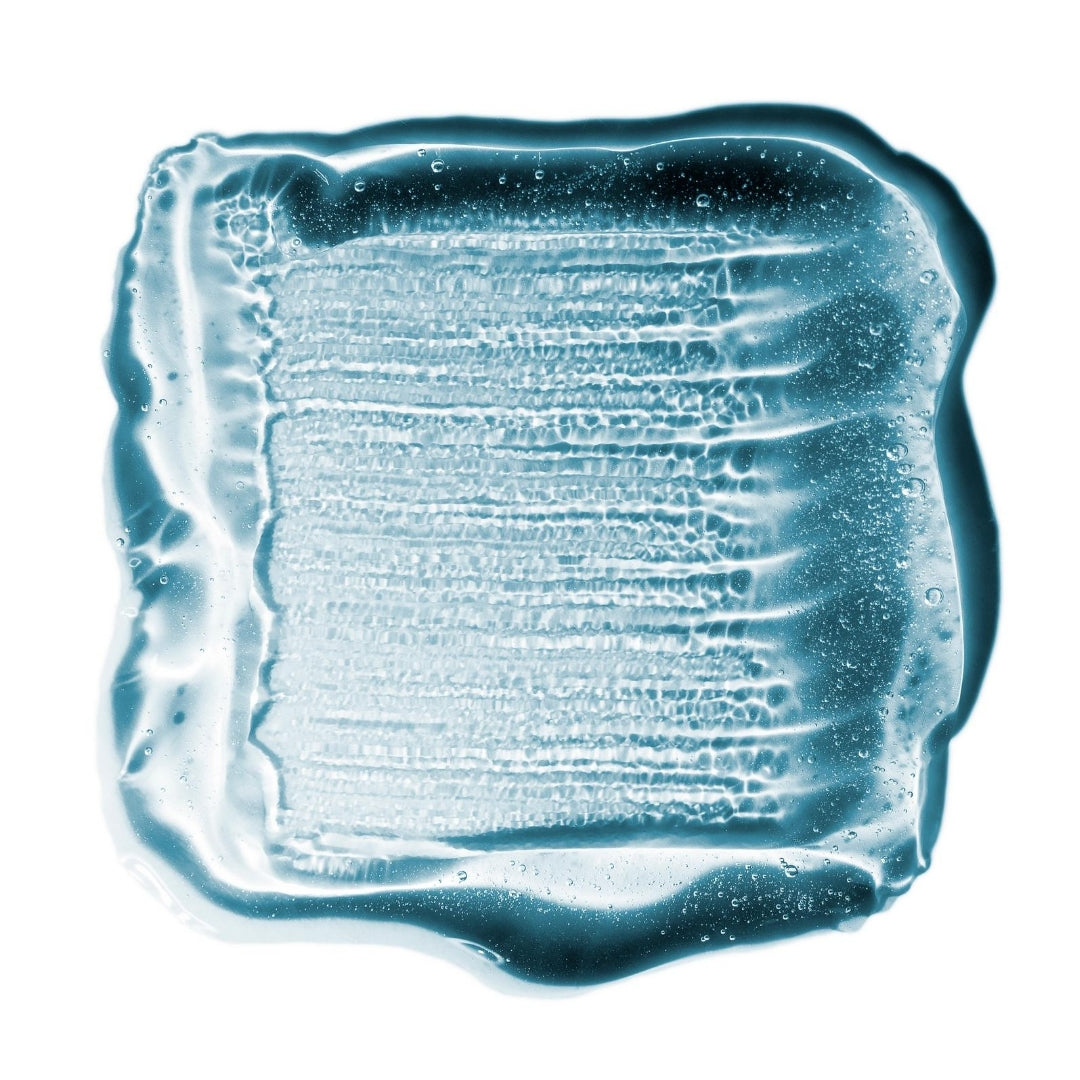The Safety of Skincare Ingredients during Pregnancy
Pregnancy is often an exciting time and it can also present many challenges. With so much information out there, it can be quite confusing so we have compiled a list of pregnancy-safe skincare ingredients based on scientific research.
Benzyl Peroxide is a common acne ingredient and is considered safe at a concentration of 5% or less during pregnancy.
Salicylic Acid has great anti-inflammatory and mild anti-bacterial properties and is commonly used in acne products. Concentrations of 2% or less (usually in the form of a cleanser) are considered safe during pregnancy, but oral intake of Salicylates is not. Other safe alternatives are Glycolic Acid (under 10%) and Lactic Acid.
Azelaic Acid is a pregnancy-safe skincare ingredient and is improve mild acne and brown discolouration.
Vitamin C, Niacinamide, topical Liquorice root extract, Pea Protein and Hyaluronic Acid are also considered safe to use during pregnancy.
Ingredients to Avoid During Pregnancy
Increased levels of oestrogen and progesterone during pregnancy can trigger your melanocytes to become more active, thus triggering dark patches or brown spots. This is also known as melasma or pregnancy mask. These usually go away after birth but some may decide to stay around for longer.
Hydroquinone is a common ingredient used to treat hyperpigmentation or melasma. It is, however, not recommended during pregnancy or breastfeeding.
Arbutin and Alpha-Arbutin are broken down to Hydroquinone and therefore also recommended to best avoid during pregnancy.
Topical Retinoids and their derivatives are popular in anti-ageing skincare. Examples of over-the-counter retinoid derivatives include retinyl palmitate, retinol and retinaldehyde. The over-the-counter retinoid derivatives are inactive and need to be converted into an active form by the body. Examples of active forms (which are only available through a prescription in Australia) are Retin-A, Differin, Tazorac, and Tretinoin. Prescription-strength retinoids are faster-acting because they are already in the active form.
There is not enough evidence to confirm that exposure to topical retinoids leads to an increase in the risk of adverse pregnancy outcomes. However, we recommend that you choose alternate ingredients as a precaution.
Sunscreen during Pregnancy
Daily use of sunscreen is recommended by dermatologists whether you are pregnant or not. Blockers such as zinc and titanium dioxide are preferred over chemical sunscreens during pregnancy, as both are non-irritating.
The list above is not exhaustive, as there are other non-skincare ingredients (e.g. tanning ingredients) and does not replace any advice given to you by your doctor or obstetrician. We recommend you share all prescription and non-prescription items that you intend to use while pregnant with your physician for their approval.
Author: Helen Huynh (B Pharm). MPS
References:
1. Bozo, P et al (2011). "Safety of Skincare Ingredients during Pregnancy." The College of Family Physicians of Canada. Jun; 57(6): 665–667.
2. Shinde, P et al (2019). "Herbs in Pregnancy and Lactation: a Review Appraisal." International Journal of Pharmaceutical Sciences and Research. ISSN (Online): 0975-8232
3. Ozturk, M et al (2019). "Phytochemical Constituents and Pharmacological Effects of Licorice: A Review." Journal of Plant and Human Health. Volume 3, 2019, pages 1-21.
4. Kaplan, Y et al (2015). "Pregnancy outcomes following first trimester exposure to topical retinoids: a systematic review and meta-analysis." British Journal of Dermatology. Edition 173, pages 1117-1118.
5. Panchaud, A et al (2013). "Pregnancy outcomes following exposure to topical retinoids: a Multicentre Prospective Study." Journal of Clinical Pharmacology. vol52, pages 1844-1851.
6. Williams, A et al (2020). "Teratogen Update: Topical use and third generation retinoids." Society for Birth Defects Research and Prevention. vol112, pages 1105-1114.



